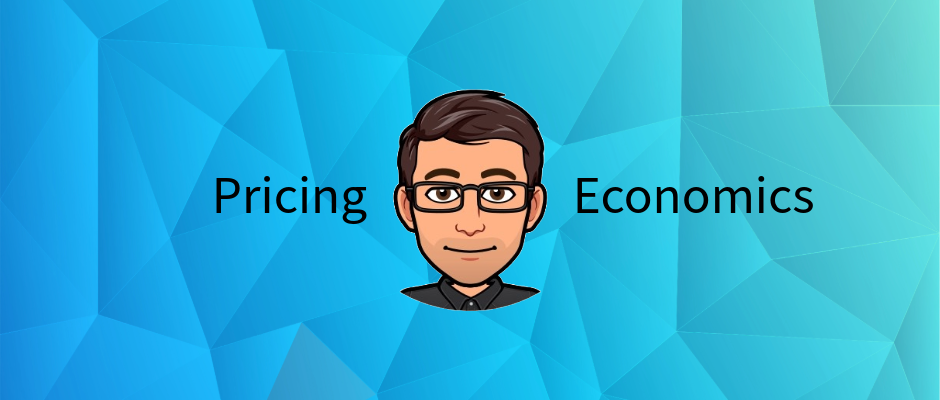When studying economics, two terms that often come up are marginal benefit and marginal utility. While they may seem similar, they have distinct meanings and applications in economic analysis. Understanding these differences is crucial for making informed decisions as a consumer, business owner, or policymaker.
Defining Marginal Benefit and Marginal Utility
Marginal Benefit
Marginal benefit refers to the additional advantage or satisfaction a person receives from consuming one more unit of a good or service. It is often measured in monetary terms and represents how much a consumer is willing to pay for that extra unit. Businesses and policymakers use marginal benefit to assess consumer demand and set optimal pricing strategies.
Marginal Utility
Marginal utility, on the other hand, is the change in total satisfaction (or utility) that a consumer experiences from consuming an additional unit of a good or service. It is a subjective measure, varying from person to person, and is often expressed in terms of perceived happiness or satisfaction rather than monetary value.
Key Differences Between Marginal Benefit and Marginal Utility
1. Measurement
- Marginal benefit is expressed in monetary terms (e.g., willingness to pay for one more unit).
- Marginal utility is measured in terms of satisfaction or happiness, which is subjective and harder to quantify.
2. Perspective
- Marginal benefit focuses on the economic value of an additional unit of consumption.
- Marginal utility focuses on the psychological or emotional satisfaction derived from that consumption.
3. Diminishing Returns
- Both concepts follow the principle of diminishing marginal returns, meaning that as more units of a good are consumed, the additional benefit or utility derived from each successive unit generally decreases.
- For example, the first slice of pizza provides significant satisfaction, but by the fifth slice, the additional enjoyment (marginal utility) is much lower. Similarly, the willingness to pay for additional slices (marginal benefit) also declines.
4. Application in Decision-Making
- Businesses use the marginal benefit to determine pricing and production levels, ensuring they do not produce goods that consumers are unwilling to pay for.
- Consumers use marginal utility to decide how much of a good to consume based on their personal satisfaction levels.
Why Does This Distinction Matter?
Understanding the difference between marginal benefit and marginal utility helps businesses, consumers, and policymakers make better economic choices. If businesses overproduce goods without considering marginal benefit, they may incur losses. Similarly, consumers who misunderstand their marginal utility may overspend on goods that provide diminishing satisfaction.
In conclusion, while marginal benefit and marginal utility are related concepts, they differ in measurement, perspective, and practical application. Recognizing these distinctions helps ensure smarter economic decisions, benefiting both businesses and consumers alike.



